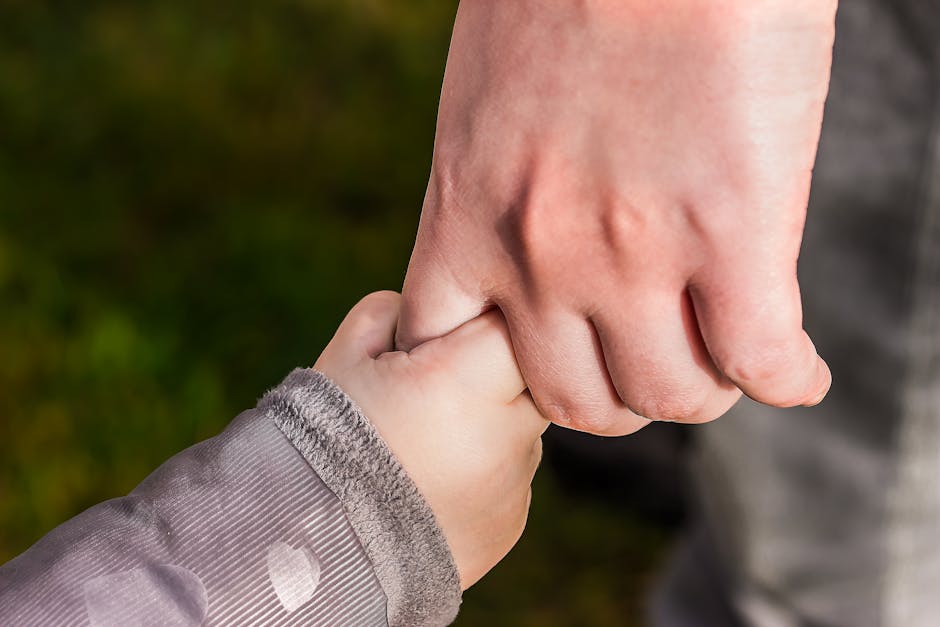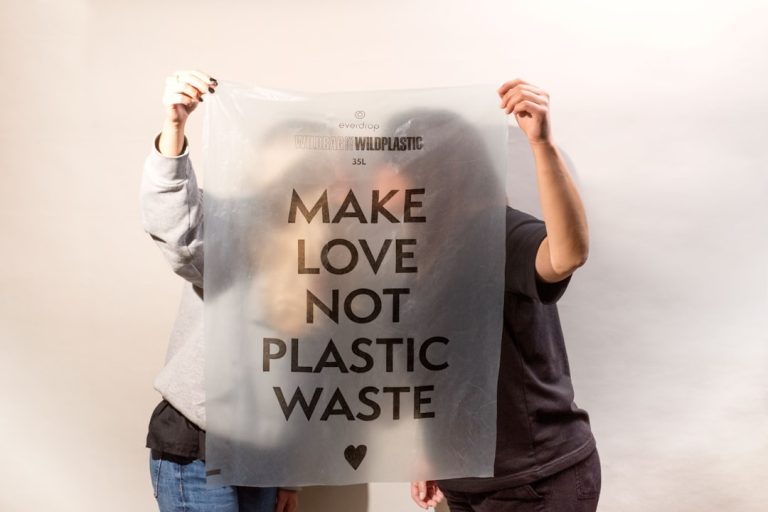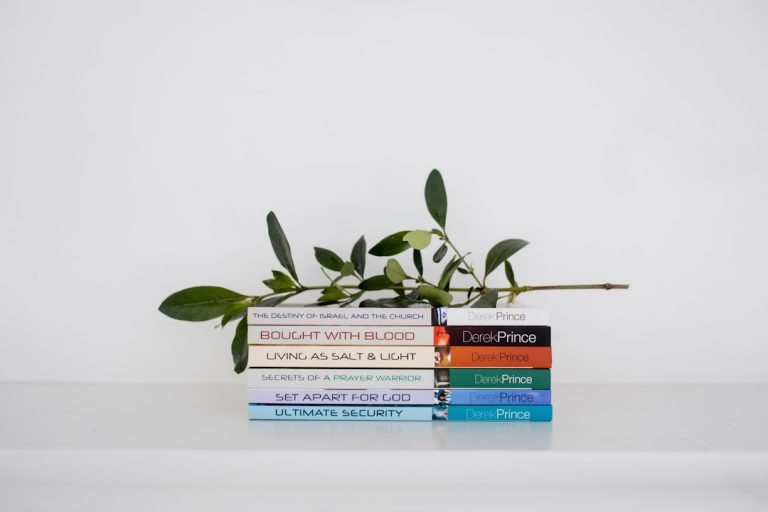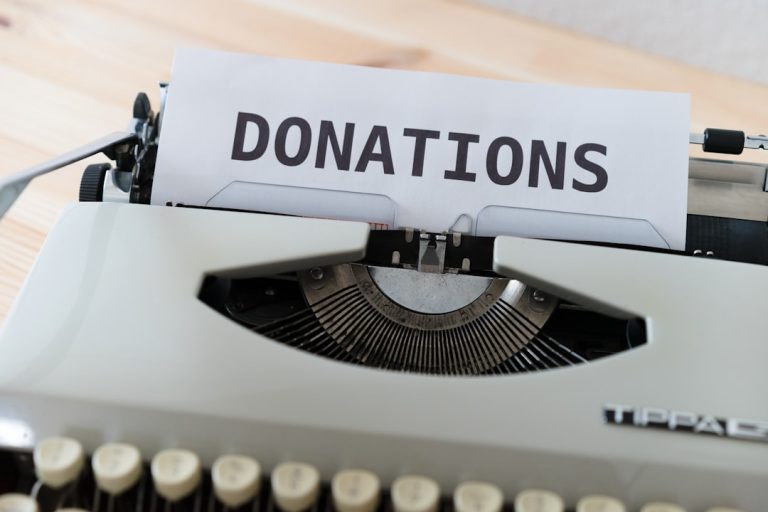How I Teach My Kids About Zero Waste and Sustainability.
How I Teach My Kids About Zero Waste and Sustainability
As a parent, one of my deepest desires is to equip my children not just with academic knowledge, but with a profound understanding of the world they inhabit and their role within it. In an era grappling with climate change and resource depletion, teaching my kids about zero waste and sustainability isn’t just a choice; it feels like a fundamental responsibility. It’s not about perfection or rigid rules, but about fostering a mindset of mindfulness, respect for resources, and a deep connection to our planet. This journey in our home has been less about strict mandates and more about integrating eco-conscious living into our daily rhythm, turning big concepts into small, actionable, and often fun, family habits. Our goal is to empower them to be thoughtful stewards of the Earth, understanding that every small action contributes to a larger, healthier future.
Laying the Foundation: Making ‘Reduce, Reuse, Recycle’ a Family Mantra
When my kids were very young, the concepts of “zero waste” or “sustainability” were abstract. So, I started with the basics: the three Rs. Instead of just telling them what they meant, we turned them into active parts of our day. It began with simple questions and observations, gradually building their understanding of where things come from and where they go. This foundational understanding is crucial, as it provides a tangible framework for more complex environmental ideas later on. We emphasize that these aren’t just rules for our household, but principles that respect the planet’s finite resources.
From Trash Talk to Treasure Hunt: Understanding Waste Streams
Our first step was making our trash and recycling bins a point of discussion. We literally turned it into a “treasure hunt” to sort items. “Is this paper? Where does paper go?” “Can we put this plastic bottle in the blue bin?” This hands-on approach helped them differentiate between materials and understand that not everything disappears when it hits the regular trash can. We’d talk about how recycled items can become new things, sparking their imagination about the life cycle of products. It demystified waste and made them active participants in managing it. We also learned about our local recycling rules together, understanding that what’s recyclable in one city might not be in another, which introduced them to the idea of local environmental policies. This practical engagement helps children feel a sense of agency and responsibility, knowing their actions directly impact what happens to waste.
The Power of “No Thank You”: Conscious Consumption Starts Early
Reducing waste is often the hardest R, but it’s arguably the most impactful. For kids, this translates to conscious consumption. We practice the “power of no thank you” when offered unnecessary plastic toys with kids’ meals or party favors we don’t need. It’s about teaching them to pause and ask, “Do I really need this?” or “Is there a better option?” We talk about choosing experiences over material things, and how saying no to something new often means saying yes to preserving resources. This also extends to grocery shopping, where we try to choose items with minimal packaging, bringing our own reusable bags, and even getting excited about bulk bins. For instance, instead of buying individually wrapped snack bars, we opt for a large container and portion it out into small reusable containers for school. This simple shift significantly cuts down on single-use plastic, which is a major contributor to pollution, with studies showing that plastic waste generation continues to rise globally.
Giving Items a Second Life: Embracing Repair and Upcycling
The “Reuse” aspect is where creativity truly flourishes in our home. We actively encourage repairing broken items before replacing them. A torn book might get a colorful tape repair, a wobbly chair a new screw, and a faded shirt might become a cleaning rag or part of a craft project. We often visit local thrift stores for clothes, books, and toys, framing it as an exciting treasure hunt for pre-loved items. This teaches them that things don’t lose their value just because they’ve been owned before. Upcycling old containers for art supplies or making DIY gifts from repurposed materials are regular activities. This not only reduces waste but also sparks imagination and problem-solving skills, showing them the hidden potential in items others might discard.
Beyond the Bin: Cultivating Conscious Consumption and Appreciation
While waste reduction is crucial, sustainability encompasses so much more. It’s about understanding our interconnectedness with nature and making choices that support ecological balance. For my kids, this means moving beyond just sorting trash to actively appreciating and nurturing the environment around us. It’s about fostering an intrinsic motivation to protect the planet, rooted in love and understanding rather than guilt or obligation.

Connecting with Nature: Our Outdoor Classroom
One of the most powerful ways I teach sustainability is by simply getting outside. Our backyard, local park, and nearby hiking trails become our “outdoor classroom.” We spend time observing insects, identifying trees, and feeling the soil. This direct experience fosters a love and respect for nature. When they see a bird build a nest or a bee pollinate a flower, they inherently understand the delicate balance of ecosystems. These experiences make abstract concepts like “biodiversity” feel real and personal. We discuss how pollution or waste can harm these creatures and their homes, providing a tangible reason to care about our actions. This hands-on exploration aligns with the National Wildlife Federation’s emphasis on connecting children with nature for their well-being and environmental stewardship. We also talk about the importance of clean water and air, not just for us, but for every living thing, reinforcing the idea that everything is interconnected.
The Journey of Our Stuff: Tracing Products Back to Their Roots
To truly understand sustainability, kids need to grasp that everything comes from somewhere. We often play a game called “Where Did It Come From?” We pick an item – a wooden toy, a cotton shirt, a plastic cup – and try to trace its journey back to its raw materials. “This wood came from a tree, which grew in a forest.” “This cotton grew on a plant, and it needed water and sunshine.” This exercise helps them see the resources involved in making everyday items, inspiring a greater appreciation and encouraging them to take better care of their possessions. This understanding naturally leads to discussions about the importance of sustainable production and consumption. We talk about how much energy and water goes into making a new phone or a pair of jeans, and how choosing durable, ethically-made products, or simply making existing items last longer, reduces this environmental footprint.
Turning Everyday Chores into Eco-Adventures: Practical Learning in Action
Learning truly sticks when it’s integrated into daily life. For us, this means transforming routine chores and activities into opportunities for sustainable action and education. It’s about making mindful choices a natural part of our family culture, not just a set of rules. This approach helps children internalize these values, making them second nature as they grow.
Our Kitchen’s Compost Crew: From Scraps to Soil
Composting has become a central part of our family’s composting journey. My kids love being the “Compost Crew.” They’re responsible for collecting fruit peels, vegetable scraps, and coffee grounds in our kitchen counter bin. We then take it outside to our compost pile, and they get to see how these scraps transform into rich, dark soil. It’s a fantastic lesson in nutrient cycling and waste diversion. They understand that food waste isn’t just “garbage” but a valuable resource that can help our garden grow, reinforcing the idea that nature doesn’t have a “waste” problem, only a “resource” problem when we mismanage it. We explain that when food waste goes to landfills, it produces methane, a potent greenhouse gas, so composting directly helps fight climate change.
Growing Our Own: The Garden as a Classroom
Following our composting efforts, the next logical step was gardening. Even a small container garden on our patio has been a profound learning experience. My children plant seeds, water them, watch them grow, and eventually harvest fresh herbs, tomatoes, or berries. This teaches them patience, the seasonality of food, and the incredible effort that goes into producing what we eat. It significantly reduces our “food miles” and packaging waste, and they are much more likely to eat vegetables they’ve grown themselves! This direct experience of farm-to-table (or rather, garden-to-plate) cultivates a deep appreciation for food and minimizes waste, because they understand the value of every single pea pod.






